
How Fashion Collections Are Really Made
- 11 Jun, 2025
- Fashion
- 479 Views
- 0 Comments
When you see a designer’s fashion collection hit the runway, it looks effortless, chic, polished, and bursting with creative flair. But behind the scenes, creating a fashion collection is a deeply layered process involving months (sometimes years) of conceptual work, design iterations, production challenges, and emotional rollercoasters. So, how are fashion collections made? Let’s pull back the curtain.
1. Inspiration & Research: The Birth of a Concept
Every collection starts with an idea. This could stem from a variety of sources, including art, culture, history, politics, music, or personal experiences. Designers often create mood boards, sketchbooks, or digital collages filled with colors, textures, quotes, and imagery that capture the essence of the collection’s theme.
Example: A designer inspired by the 1970s might dive into vintage fashion archives, old vinyl album covers, and film stills to shape their creative direction.
2. Trend Forecasting and Market Awareness
While fashion is about vision, it’s also about timing. Designers study trend forecasts, consumer behavior, and fashion week reports to predict what styles, colors, and materials will be in demand.
Whether it’s sustainability, gender fluidity, or nostalgic minimalism, collections often reflect larger conversations in culture and society.
3. Sketching and Design Development
Once the concept is in place, designers begin sketching the individual pieces of the collection. They explore silhouettes, construction details, fabric pairings, and color palettes. Sketches are either hand-drawn or created using digital tools like Adobe Illustrator or CLO 3D.
This is where vision begins to become tangible.
4. Fabric Sourcing and Material Selection
Choosing the right fabric is critical. Designers source materials from textile fairs, mills, or sustainable fabric platforms. This stage can be especially time-consuming due to availability issues, pricing, and environmental concerns.
Tip: Many brands now prioritize eco-friendly fabrics and ethical sourcing practices as part of their design philosophy.
5. Pattern Making and Sampling
Patterns are the blueprint of a garment. Skilled pattern makers translate 2D designs into 3D garments. After this, samples (prototypes) are created. These often undergo multiple rounds of refinement, adjusting fit, proportions, or finishes until the piece aligns with the original vision.
Sampling is a labor-intensive stage where many ideas are either fine-tuned or cut entirely.
6. Fittings, Revisions, and Line Finalization
Garments are fitted on models or dress forms. Designers assess how the clothes move, fit, and feel in real life. Changes are made constantly—hems adjusted, fabrics swapped, entire looks sometimes redesigned.
The final collection usually includes 15–40 looks, depending on the brand and season.
7. Production and Quality Control
Once the collection is finalized, pieces go into production. This could be done in-house or through manufacturing partners. Quality control ensures consistency across every garment, from stitching and buttons to sizing and finishing.
Deadlines are tight, especially for seasonal fashion weeks or retail drops.
8. Marketing, Lookbooks, and Launch
As production wraps, the focus shifts to branding and storytelling. Teams shoot lookbooks, prepare social media content, and plan shows or presentations. PR teams work on press outreach, and e-commerce teams prepare for digital launches.
In today’s digital-first world, a collection’s narrative and visual identity matter as much as the clothing itself.
9. Runway, Retail, and Real Life
Finally, the collection is revealed—on the runway, in stores, or through a digital launch. The response can range from awe to criticism, but it all becomes part of the designer’s growth.
After that? The cycle starts again.
10. Conclusion: More Than Just Pretty Clothes
Fashion collections are not just aesthetic expressions; they are strategic, emotional, and collaborative efforts involving creativity, technical skill, and logistical mastery. Every piece you see on a rack or runway represents months of unseen labor, iteration, and passion.
So next time you admire a collection, remember: it’s not just fashion—it’s a story stitched into every seam.


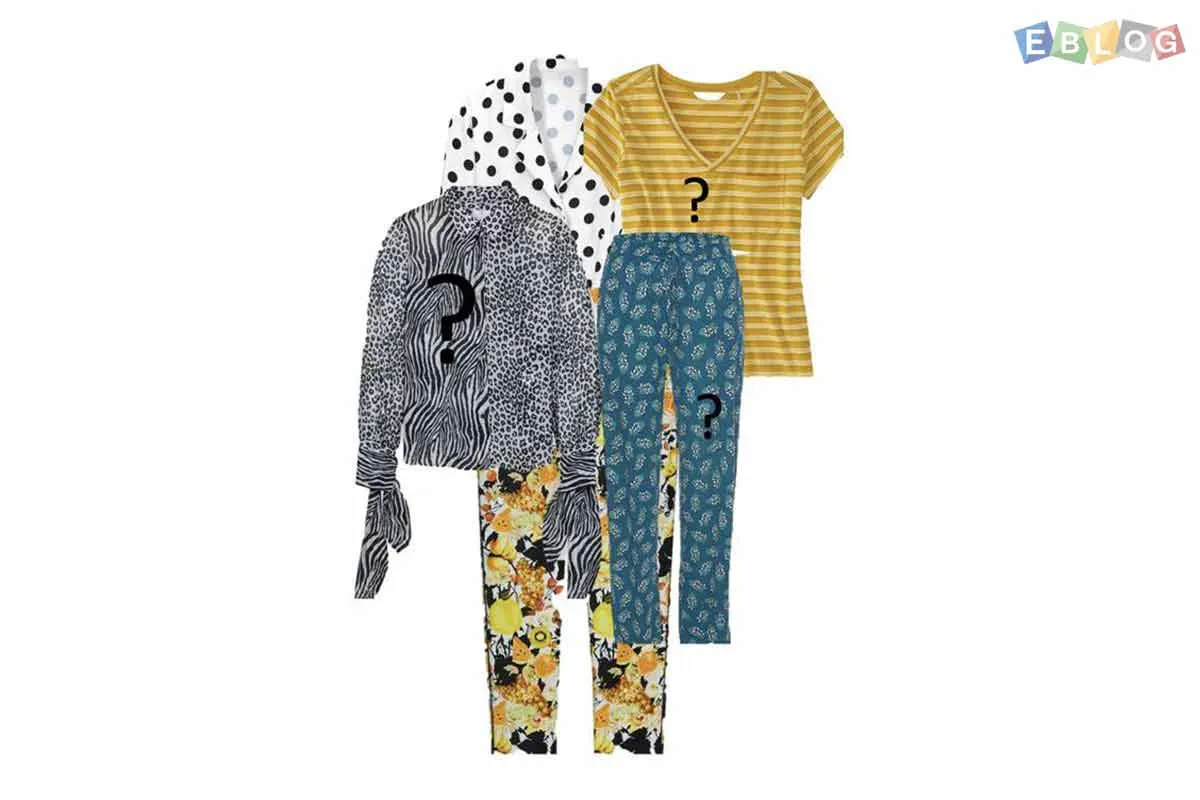
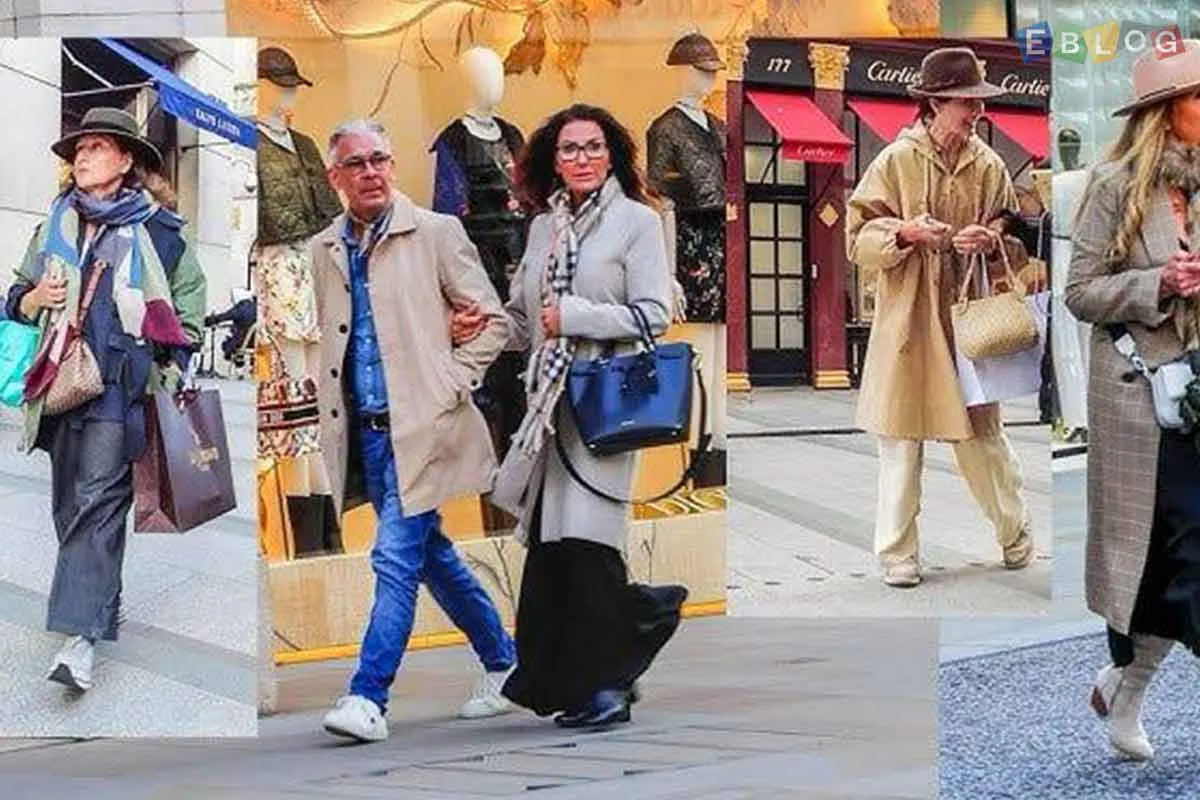





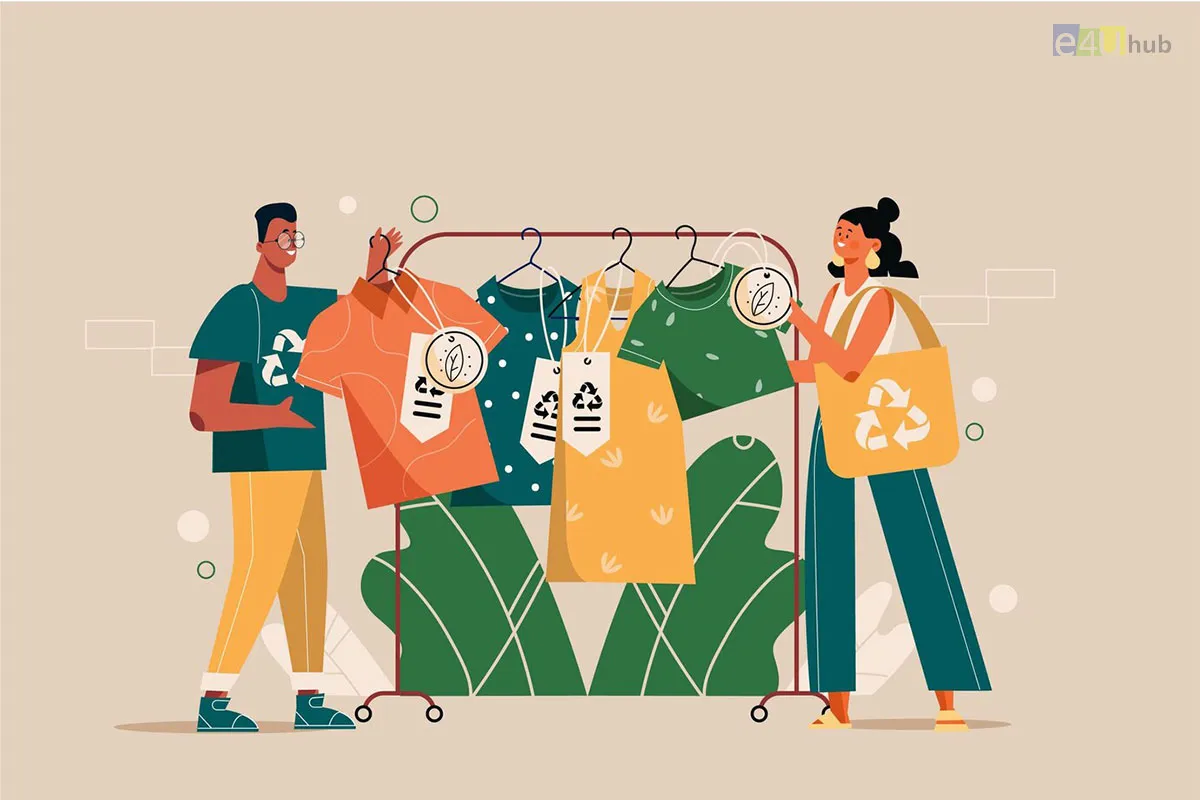


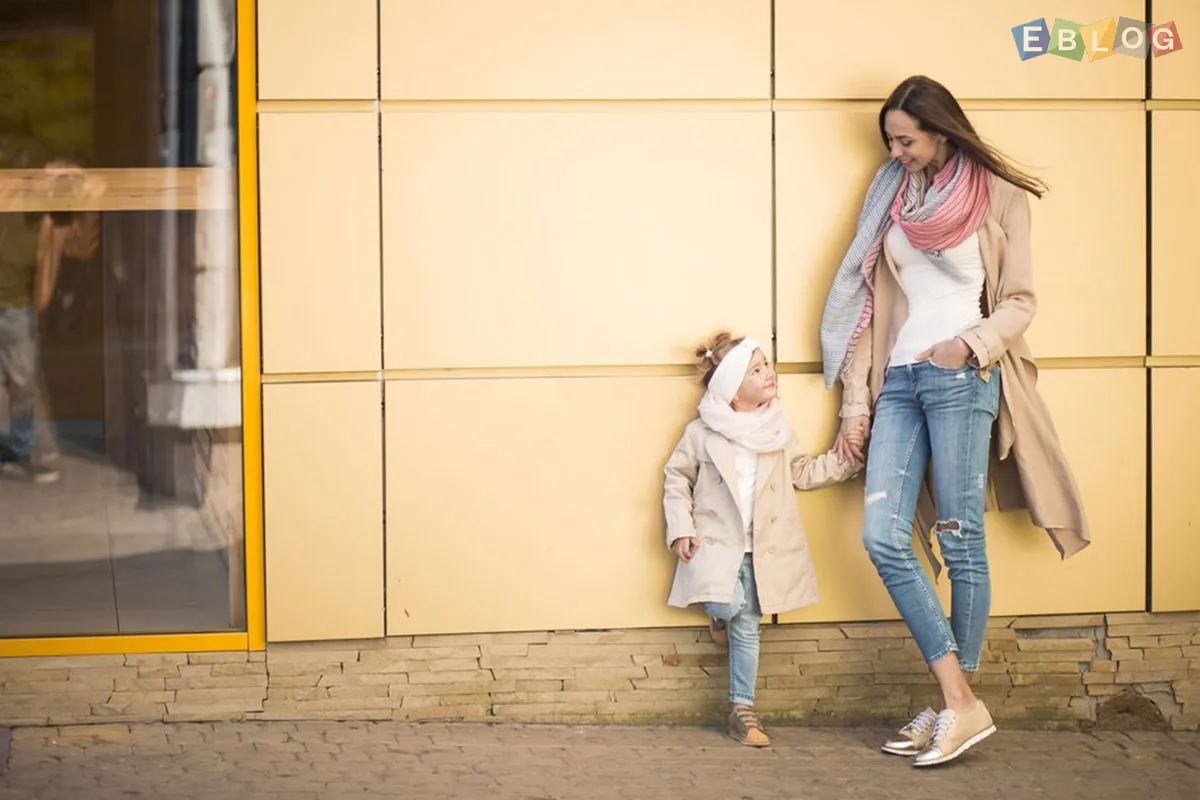
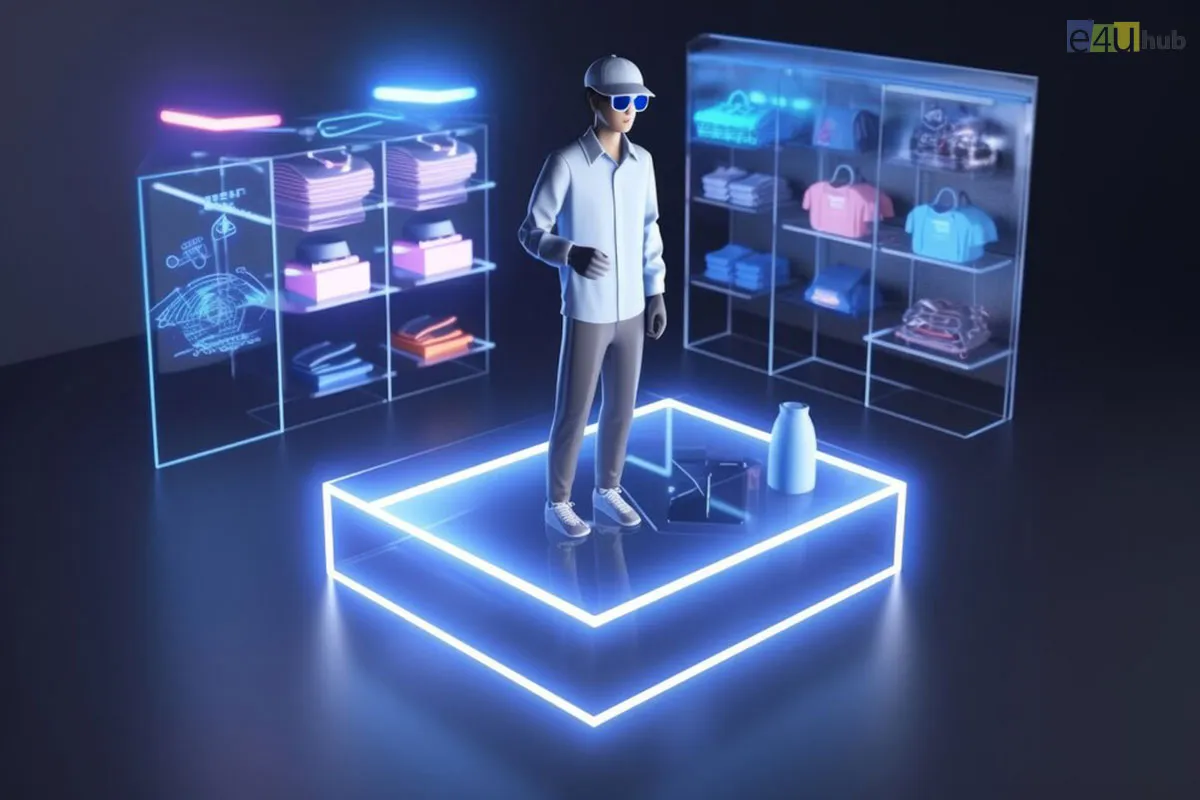

Leave a Reply